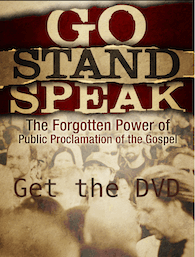
• A postmodernist deconstructs the sign by knocking it over with his car, ending forever the tyranny of the north-south traffic over the east-west traffic.
• A serious and educated Catholic believes that he cannot understand the stop sign apart from interpretive community and their tradition. Observing that the interpretive community doesn’t take it too seriously, he doesn’t feel obligated to take it too seriously either.
• An average Catholic (or Orthodox or Coptic or Anglican or Methodist or Presbyterian or whatever) doesn’t bother to read the sign but he’ll stop if the car in front of him does.
• A fundamentalist, taking the text very literally, stops at the stop sign and waits for it to tell him to go.
• An Orthodox Jew does one of two things:
1. Take another route to work that doesn’t have a stop sign so that he doesn’t run the risk of disobeying the Law.
2. Stop at the stop sign, say, “Blessed art thou”, wait 3 seconds according to his watch, and then proceed.
• A Pharisee does the same thing as an Orthodox Jew, except that he waits 10 seconds instead of 3. He also replaces his brake lights with 1000 watt searchlights and connects his horn so that it is activated whenever he touches the brake pedal.
• A scholar from the Jesus Seminar concludes that the passage “STOP” undoubtedly was never uttered by Jesus himself but belongs entirely to stage 3 of the gospel tradition, when the church was first confronted by traffic in its parking lot.
• A “prophetic” preacher notices that the square root of the sum of the numeric representations of the letters S-T-O-P (sigma-tau-omicron-pi in the Greek alphabet), multiplied by 40 (the number of testing), and divided by four (the number of the world - north, south, east, and west), equals 666. Therefore, he concludes that stop signs are the dreaded “mark of the beast,” a harbinger of divine judgment upon the world, and must be avoided at all costs.
- Complements of Todd Friel – Wretched Radio




